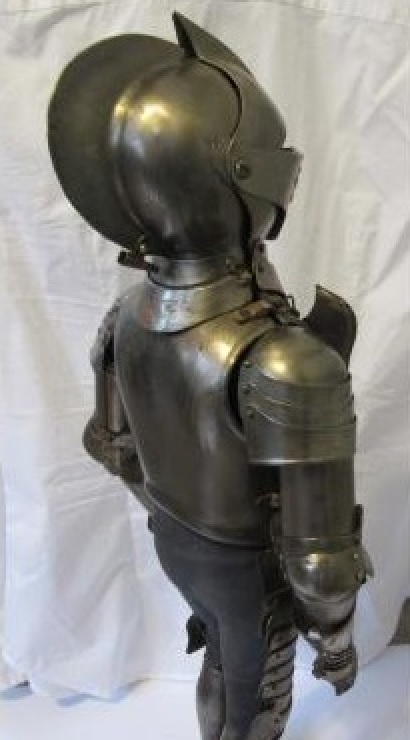
How to properly evaluate the item, I want to sell?
What is a historical item - artifact?
In general, it is considered historical, an item older than 100 years. If the item is old but does not meet the criteria of a hundred years, it is considered as Vintage. Vintage design is easily recognizable and wanted in recent years. The handmade item before 1830 is generally considered an antique. It has increased value due to its original condition, collector's value, importance and age. Historically, the item is empirical evidence, not theory. These are artifacts of past stories in collections.
How do we divide product values?
Relative value
Determines the approximate value of the valued item based on comparable items at the current time.
Market value
Determines how much a product will sell for, based on the number of recently sold similar products, in a similar condition, in similar area. The actual price of the product based on the customer's willingness to pay the requested price. Must meet rational expectations.
Historical value
The value of a products grows depending on the time, exclusivity and uniqueness of the item on the market. It includes the regular updated value of the product and recording at a value at which they can currently be sold on the market.
Collector's value
The value of the item is different for each collector. Each collector has a different relationship, meaning to the item and therefore its price will vary. For most collectors, the goal is not profit. Profit is not the ultimate goal, but it is a useful part of collecting antiques.
In general, we can say, that antiquities as a whole do not lose their value over time, but on the contrary, their value grows and they are a good investment and protection against inflation if you later decide to sell your collection. Surely there is always a collector who just misses an item from your collection and is willing to respect your price so that the item has in its collection. If you like antiques, you can start here:
